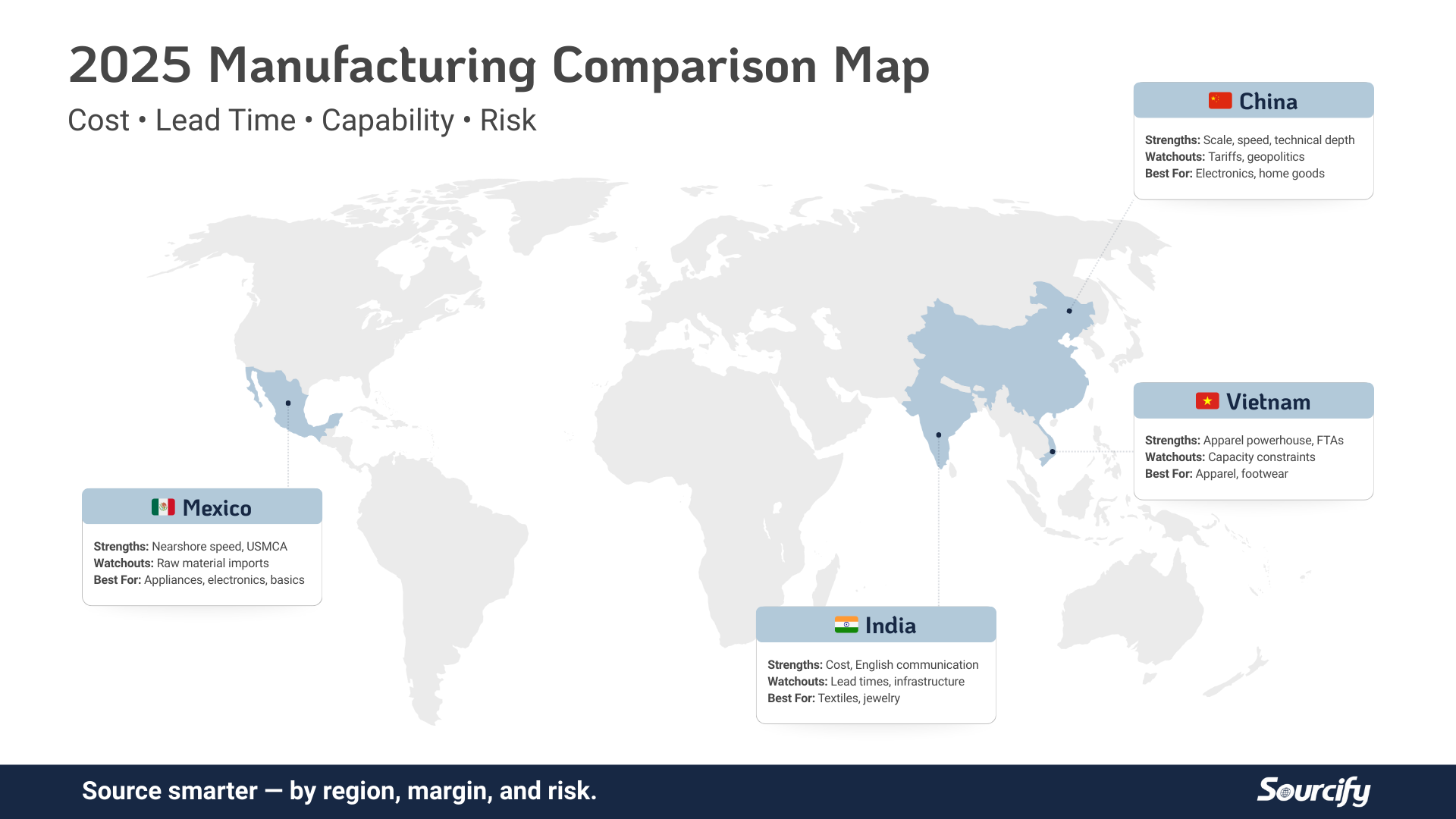The onset of the COVID-19 pandemic proved to be a major boon to e-commerce retailers, and Black Friday was no exception. 2020 saw American consumers spend $9 billion doing online shopping, an impressive 21.6 percent increase from 2019.
Of course, those 2020 numbers were somewhat skewed by stay at home orders and other restrictions that curtailed in-store shopping across much of the country. 2021 has seen brick and mortar sales start to normalize thanks to the introduction of vaccines and the lifting of many COVID-related restrictions.
This left many to wonder what Black Friday 2021 would look like — both in-person and online. Now, the numbers are in.
E-Commerce Declines for Black Friday 2021
The big news out of Black Friday 2021 is that for the first time ever, online sales decreased from the prior year. While that sounds alarming, it’s important to note that this wasn’t a significant drop. Total online sales decreased to $8.9 billion in 2021, not a major drop from the year before.
Cyber Monday saw similar results. Customers spent $10.7 billion on Cyber Monday 2021, which was a 1.4 percent decrease from 2020’s $10.8 billion in spending. Once again, this was the first time that online sales numbers declined for Cyber Monday.
This wasn’t the result of a sudden return to in-person shopping, either. While in-store traffic did increase an impressive 47.5 percent from 2020, it still remained 28.3 percent lower than 2019 levels (when e-commerce sales were significantly lower than both 2020 and 2021).
Understanding the Reasons for the Black Friday Dip
At first glance, declining numbers may seem problematic for e-commerce retailers. But they don’t tell the whole story.
Adobe’s report on Cyber Monday spending notes that since November 1, U.S. consumers have spent a total of $109.8 billion doing their online shopping. This actually represents an 11.9 percent increase over 2020 spending. This also includes a record-breaking 22 days in which consumers spent at least $3 billion online.
In other words, while Black Friday e-commerce growth has slowed — and even declined — online holiday shopping as a whole is alive and well.
The reasons behind this shift in consumer behavior are actually fairly easy to trace. Not surprisingly, many of these changes are also directly linked to the ongoing impact of the COVID-19 pandemic.
In 2020, many major retailers began offering “early Black Friday” sales in an effort to avoid a rush of crowds in stores on Black Friday itself. They probably didn’t have to worry, as in-store sales dropped an astonishing 52 percent in 2020, with many consumers hesitant to visit a brick and mortar retailer.
Still, the idea of a series of sales spaced out over the course of November was clearly appealing to consumers — and the brands that experienced a sales boost from these efforts last year. As just one example, Walmart’s press release announcing the return of a series of November sales cited “overwhelmingly positive customer feedback.”
Widespread news of supply chain shortages and their potential impact on Christmas shopping has also played a role in the Black Friday decrease. A survey conducted in September by CreditCards found that 51 percent of shoppers were planning to start their holiday shopping before Halloween. A later NRF survey found that 61 percent of consumers began shopping for gifts before Thanksgiving.
With “out of stock” messages on the rise across countless industries, many consumers undoubtedly didn’t want to risk putting off a purchase until the last minute, only to find that the items they were hoping to get were no longer available.
How E-Commerce Retailers Can Respond
While declining Black Friday numbers may seem like a cause for concern, they are likely more indicative of changing ways that businesses and consumers alike are approaching the holiday shopping season.
Instead, e-commerce brands should look to use these changing habits to their advantage. Following the trends established by major retailers, such as a series of “early” Black Friday sales that occur throughout the month, can ultimately encourage more people to buy during the holiday season.
By not concentrating sales to a single day or weekend, e-commerce retailers can also reduce their risk of running out of stock as the holidays get closer. By helping customers get online deals early, an e-commerce retailer can become a go-to resource for holiday shopping in future years as well.
For e-commerce sites with smaller bandwidth, staggered sales could also improve the website experience. Digital shoppers are notoriously quick to abandon sites that fail to load quickly — or worse yet, crash. Rather than getting a sudden rush of online traffic on Black Friday that crashes your site, a spaced out flow of customers will enable a smooth shopping experience for everyone. This means a lower bounce rate and fewer abandoned carts.
E-Commerce Retailers Shouldn’t Be Scared
Just like how e-commerce has disrupted shopping in general, these latest Black Friday numbers indicate the continually shifting nature of the online marketplace. As e-commerce sellers adapt their sales and marketing strategies to changing consumer habits, they will be well positioned to make future holiday seasons a success.
While macro trends can be interesting, what matters most for e-commerce retailers is what you do to improve your holiday shopping experience. By providing deals that entice consumers to buy (and a streamlined UX), you can ensure a successful holiday season.




